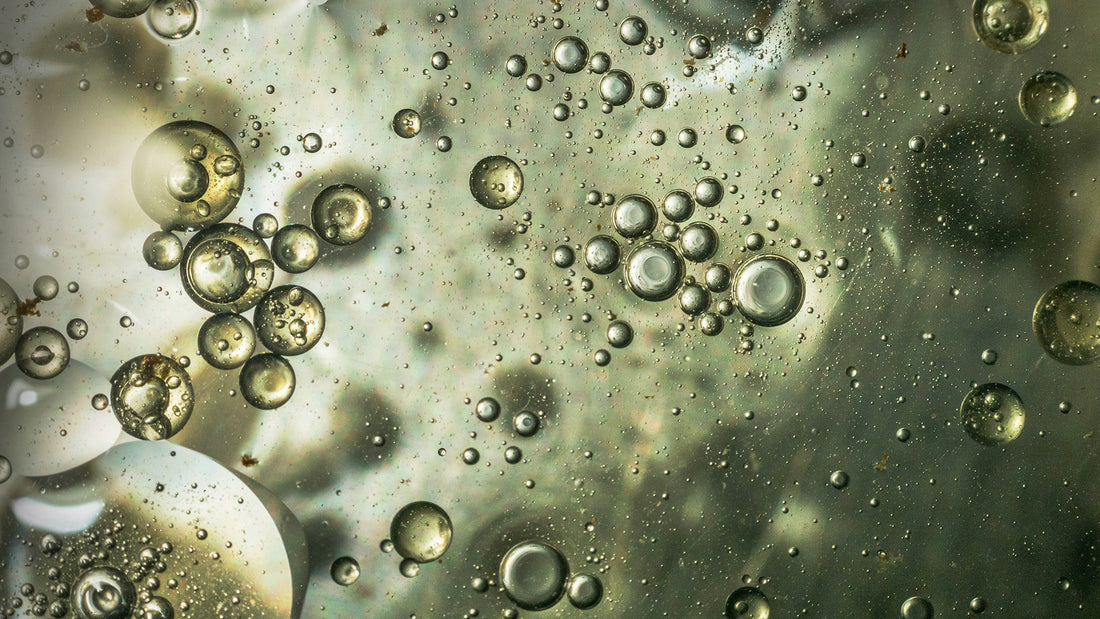
Ethylene Glycol Boiling Point: Understanding Its Significance in Industrial Applications
Share
Ethylene glycol is a versatile organic compound widely used in various industrial applications due to its excellent thermal properties. Understanding the boiling point of ethylene glycol is crucial for industries that rely on it as a coolant, hydraulic fluid, or in specialized products like Ambitrol. In this blog post, we'll delve into the properties of ethylene glycol, its boiling point, and its diverse uses across different sectors.
What Is Ethylene Glycol?
Ethylene glycol is a colorless, odorless, and sweet-tasting organic compound with the chemical formula C₂H₆O₂. It is most commonly known for its use in antifreeze formulations and as a raw material in the production of polyester fibers and resins. Its ability to lower the freezing point of water and raise its boiling point makes it an ideal component in heat transfer fluids.
Ethylene Glycol Boiling Point
The boiling point of ethylene glycol is approximately 197.3°C (387.1°F). This high boiling point is one of the reasons why ethylene glycol is effective as a coolant and antifreeze agent. In cooling systems, a higher boiling point means that the coolant can absorb more heat before it begins to vaporize, allowing for efficient heat transfer and temperature regulation.
Importance in Industrial Applications
- Heat Transfer Efficiency: The high boiling point ensures that ethylene glycol remains in a liquid state under high-temperature conditions, maintaining consistent thermal conductivity.
- System Protection: It prevents the coolant from boiling over, which could lead to vapor lock or cavitation in pumps and engines.
- Extended Operating Range: Allows equipment to operate safely over a wider temperature spectrum.
Ethylene Glycol Coolant
As a coolant, ethylene glycol is commonly used in automotive engines, industrial cooling systems, and HVAC units. Its primary functions include:
- Antifreeze Agent: Lowers the freezing point of water to prevent ice formation in cooling systems.
- Boilover Protection: Raises the boiling point of the coolant mixture to prevent overheating.
- Corrosion Inhibition: Often combined with additives to protect metal components from corrosion and scaling.
Applications
- Automotive Industry: Used in engine cooling systems to regulate temperatures and prevent freezing or overheating.
- Industrial Machinery: Keeps equipment cool during operation, enhancing performance and extending lifespan.
- HVAC Systems: Maintains optimal temperatures in heating and cooling units for residential and commercial buildings.
Ethylene Glycol in Food
It's important to address the topic of ethylene glycol in food. Ethylene glycol is toxic and not approved for use in food products intended for human consumption. Ingestion of ethylene glycol can lead to serious health issues, including kidney failure and neurological damage.
Clarification
- Propylene Glycol vs. Ethylene Glycol: Propylene glycol is a similar compound that is generally recognized as safe (GRAS) by the FDA for use in food and pharmaceuticals. It is essential not to confuse the two substances.
- Safety Measures: Industries must ensure that ethylene glycol is not present in food products and that any equipment using ethylene glycol as a coolant in food processing facilities is adequately sealed to prevent contamination.
Ethylene Glycol Hydraulic Fluid
Ethylene glycol can also serve as a base for hydraulic fluids, particularly in applications requiring fire-resistant properties. Glycol-based hydraulic fluids offer several advantages:
- High Boiling Point: Ensures stability and performance under high-temperature conditions.
- Fire Resistance: Less flammable compared to petroleum-based fluids, enhancing safety in sensitive environments.
- Lubrication Properties: Provides adequate lubrication for hydraulic system components.
Applications
- Industrial Equipment: Used in machinery operating in high-temperature environments where fire safety is a concern.
- Aviation: Employed in certain aircraft hydraulic systems due to its fire-resistant characteristics.
- Marine Industry: Utilized in ships and offshore platforms where fire hazards must be minimized.
Ethylene Glycol-Based Ambitrol
Ambitrol is a trade name for certain ethylene glycol-based heat transfer fluids designed for specific industrial applications. These specialized formulations often include inhibitors to enhance performance and protect equipment.
Features of Ethylene Glycol-Based Ambitrol
- Corrosion Inhibition: Contains additives that protect metal surfaces from corrosion and scaling.
- Thermal Stability: Maintains performance over a wide temperature range.
- Customization: Formulated to meet the specific needs of various industrial processes.
Applications
- Chemical Processing: Used in reactors and heat exchangers where precise temperature control is critical.
- Pharmaceutical Manufacturing: Ensures consistent temperatures in production processes.
- Renewable Energy Systems: Employed in geothermal and solar thermal systems for efficient heat transfer.
Safety and Handling
Due to its toxicity, ethylene glycol must be handled with care:
- Protective Equipment: Use gloves and goggles when handling ethylene glycol to prevent skin and eye contact.
- Spill Management: Clean up spills immediately using appropriate absorbent materials.
- Disposal: Dispose of waste ethylene glycol according to local environmental regulations to prevent contamination.
Conclusion
Understanding the boiling point of ethylene glycol and its thermal properties is essential for industries that rely on it as a coolant, hydraulic fluid, or specialized product like Ambitrol. While ethylene glycol offers excellent performance benefits, safety considerations must be paramount due to its toxicity. By leveraging its properties responsibly, industries can enhance efficiency and maintain safe operations.
Contact Us
Have questions or need expert advice? Get in touch with us, and our team will be happy to assist you.
